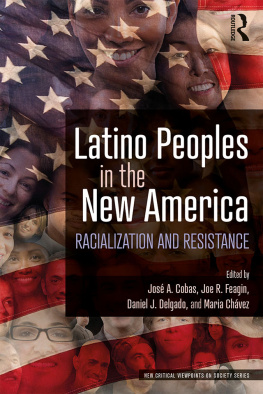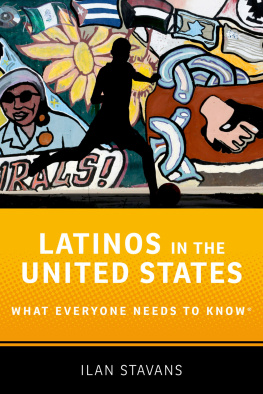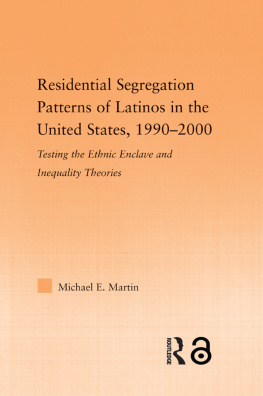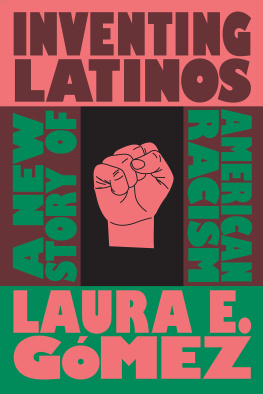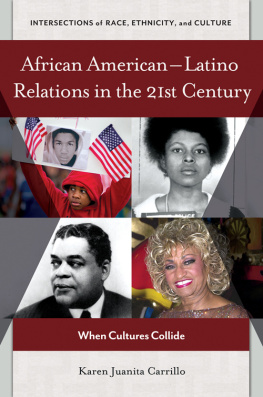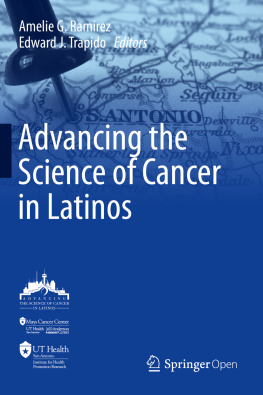Ruth Enid Zambrana - Latinos in American Society: Families and Communities in Transition
Here you can read online Ruth Enid Zambrana - Latinos in American Society: Families and Communities in Transition full text of the book (entire story) in english for free. Download pdf and epub, get meaning, cover and reviews about this ebook. year: 2011, publisher: Cornell University Press, genre: Politics. Description of the work, (preface) as well as reviews are available. Best literature library LitArk.com created for fans of good reading and offers a wide selection of genres:
Romance novel
Science fiction
Adventure
Detective
Science
History
Home and family
Prose
Art
Politics
Computer
Non-fiction
Religion
Business
Children
Humor
Choose a favorite category and find really read worthwhile books. Enjoy immersion in the world of imagination, feel the emotions of the characters or learn something new for yourself, make an fascinating discovery.

- Book:Latinos in American Society: Families and Communities in Transition
- Author:
- Publisher:Cornell University Press
- Genre:
- Year:2011
- Rating:4 / 5
- Favourites:Add to favourites
- Your mark:
Latinos in American Society: Families and Communities in Transition: summary, description and annotation
We offer to read an annotation, description, summary or preface (depends on what the author of the book "Latinos in American Society: Families and Communities in Transition" wrote himself). If you haven't found the necessary information about the book — write in the comments, we will try to find it.
It is well known that Latinos in the United States bear a disproportionate burden of low educational attainment, high residential segregation, and low visibility in the national political landscape. In Latinos in American Society, Ruth Enid Zambrana brings together the latest research on Latinos in the United States to demonstrate how national origin, age, gender, socioeconomic status, and education affect the well-being of families and individuals. By mapping out how these factors result in economic, social, and political disadvantage, Zambrana challenges the widespread negative perceptions of Latinos in America and the single story of Latinos in the United States as a monolithic group.
Synthesizing an increasingly substantial body of social science researchmuch of it emerging from the interdisciplinary fields of Chicano studies, U.S. Latino studies, critical race studies, and family studiesthe author adopts an intersectional social inequality lens as a means for understanding the broader sociopolitical dynamics of the Latino family, considering ethnic subgroup diversity, community context, institutional practices, and their intersections with family processes and well-being. Zambrana, a leading expert on Latino populations in America, demonstrates the value of this approach for capturing the contemporary complexity of and transitions within diverse U.S. Latino families and communities. This book offers the most up-to-date portrait we have of Latinos in America today.
Ruth Enid Zambrana: author's other books
Who wrote Latinos in American Society: Families and Communities in Transition? Find out the surname, the name of the author of the book and a list of all author's works by series.


